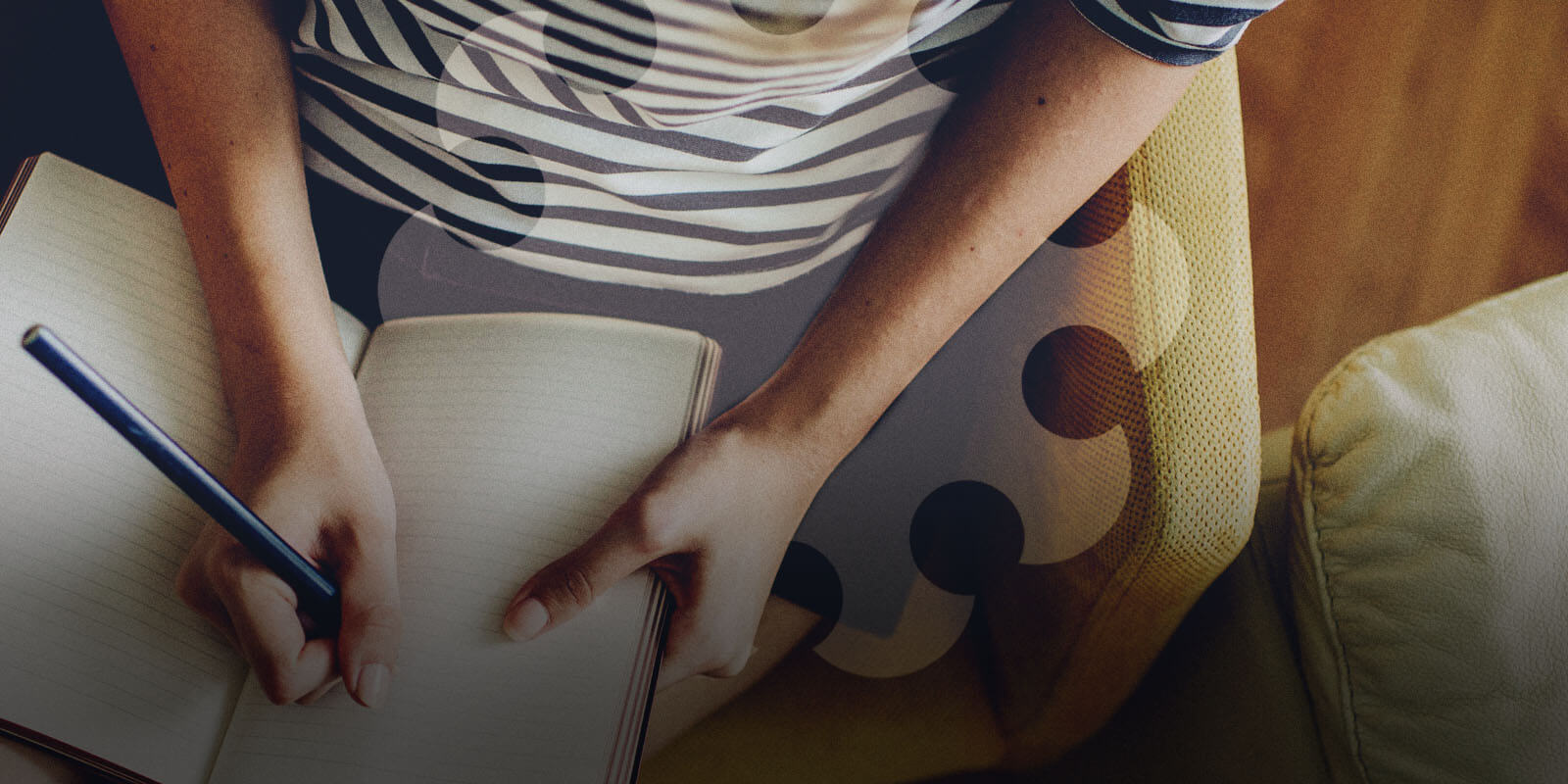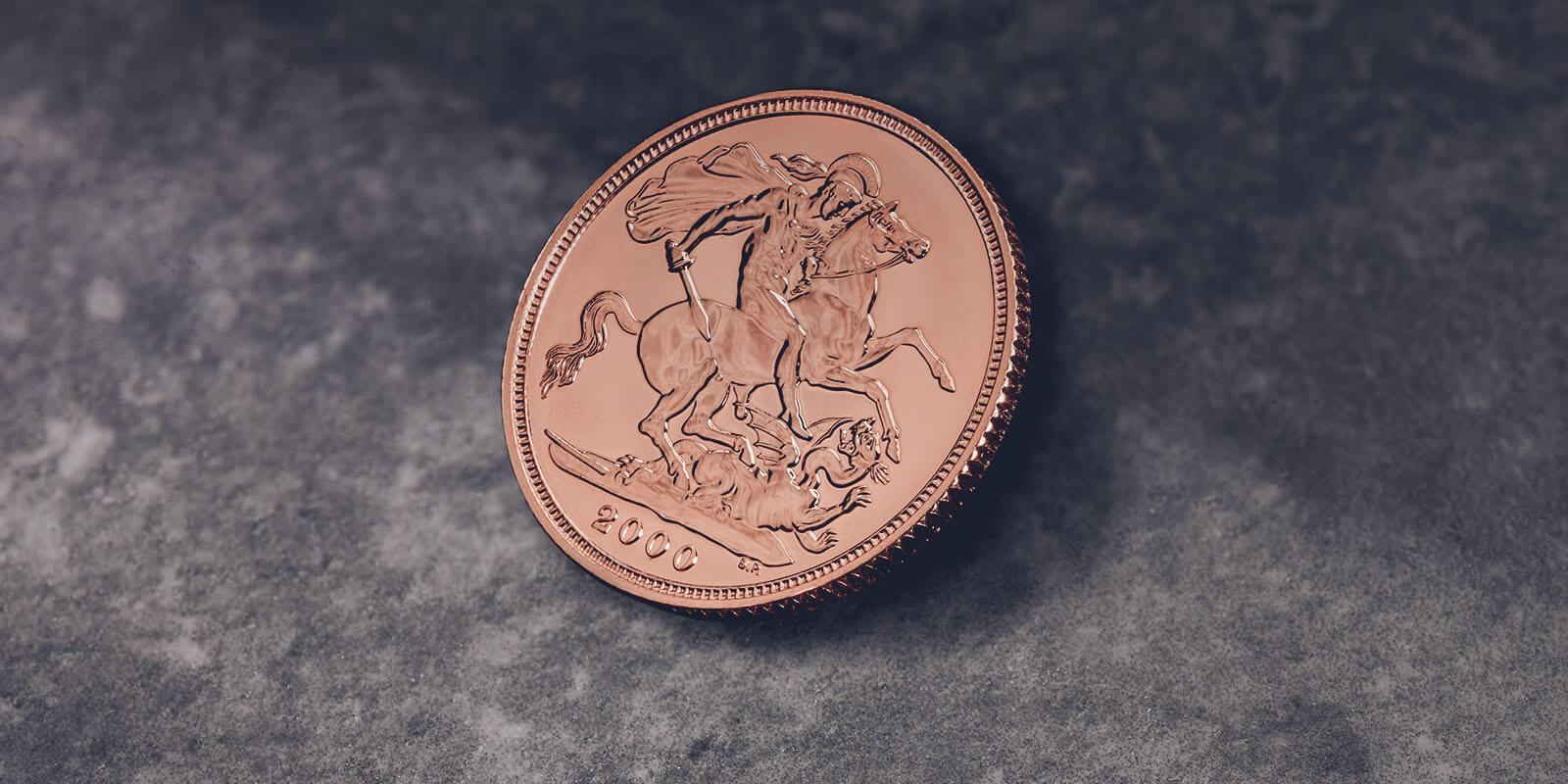If you are investing in precious metals such as gold, silver or platinum, at some point in time, you will likely be interested in selling them. This may be for a number of reasons, but at the top of the list for most people will be the need to release some of the capital which they have invested in their chosen metal so that they may use it towards something else.
Depending on the form which your chosen investment has taken, there are a number of different options available when it comes to selling. If your gold, silver or platinum is stored with a dealer, like The Royal Mint, selling could be as simple as placing the sell request, either over the phone or online.
However, if you have taken physical possession of your coins or bars, or even if you wish to sell jewellery or scrap metal, the options around selling require a few more steps and consideration.
When Should I Sell?
If you need to release the capital from your precious metals quickly, such as ahead of a house purchase, for example, you may have little flexibility when it comes to timing. If this is not the case and time is on your side, it would be wise to wait until you are comfortable with the current market conditions before proceeding with a sale. This is because for many precious metal investments, the value offered is dependent on the current precious metal price, often referred to as the ‘spot price’. Previous articles have covered how the price of gold changes over time, but in essence, precious metal prices are driven by market volatility and supply and demand. In the case of gold, many have traditionally turned to the yellow metal as a ‘hedge’ against wider market volatility. This is because when other asset classes, such as stocks and shares, are on the decline, gold tends to perform in the opposite direction. This can be advantageous as if times are tough and the stock market is performing badly, you may be able to release some of your assets which are held in gold to free up cash. This is why portfolio diversification is so important as it offers you a safety net should you need it.
How are Sell Prices Calculated?
Just as there are many options available when it comes to buying precious metals, there are also multiple avenues when it is time to sell them. As previously mentioned, bullion dealers such as The Royal Mint will purchase your gold, silver or platinum based on a percentage of the precious metal value they contain. This percentage can vary greatly, depending on the dealer, so it would certainly be wise to request multiple quotations from various sources. Reputable dealers like The Royal Mint tend to offer rates which are very close to the prevailing precious metal price, in some cases as much as 98%. This simply means that if the gold price was £1,500 per ounce, and your item contained an ounce of gold, you would be offered 98% of the gold price (£1,470) for the item. This is why timing can be very important, as the higher the precious metal price, the higher the price you are likely to receive as a result.
You may have noticed that in the example above, we suggested the item contained an ounce of gold, as opposed to weighed an ounce. This is an important point to note as in many cases, the item which you are selling will not be pure gold, silver or platinum. Some coins, jewellery and even bars may contain other metals, such as copper in the case of rose gold. This means that although your item may weigh a certain amount, when you pop it on the scales, the true precious metal content can only be found upon close inspection. As some items are not pure precious metals, you will only receive a quotation on the precious metal content, not the other metals which are contained within. This is especially important for jewellery, but some coins, for example The Sovereign or Krugerrand, are also not pure gold.
However, although we will often focus on the spot price of gold and how the value of your portfolio is affected as a result, it would also be worth noting that some precious metals are not sold solely on the basis of their precious metal value. If your coin, or even bar, is particularly sought after, it may be worth more than the precious metal it contains – especially if it is sold to a keen collector. For this reason, it may be beneficial to seek an independent valuation of your item from a numismatic dealer, as well as from a bullion dealer, in case the value offered differs.
How the Selling Process Works
When you have decided to sell your items, or even if you are just curious what they are worth, your first port of call should be a reputable dealer. They can advise you not only on the metal content, but also what it would be worth if you sold it today. As previously suggested, it would be wise to stick to dealers with a known trading history that are deemed reputable, and often reviews or word of mouth can help in the search. Anecdotally, high street jewellers and ‘cash for gold’ companies may offer less than larger or more established entities, so please ensure you are completely comfortable before choosing to sell.
With The Royal Mint, as with many dealers, the process of selling physical coins or bars simply involves requesting an initial quotation, which may require photos or documentation, and then choosing to accept or decline the quote. If you do choose to go ahead, items are usually delivered to the dealer, either in person or through the post. When the item reaches the dealer, it will be checked for authenticity and weighed on accurate scales (a process known as ‘assaying’). If the precious metal price has changed during the time the original quote was requested, or if the item is found to be of a different weight or purity to what was originally thought, the initial quotation may be revised. However, you will be offered a chance to accept the quote or have your item returned to you. If you choose to accept the final quote, the item will be deemed sold and the money transferred to your online account.
Although The Royal Mint does not accept jewellery or scrap metal, there are a multitude of reputable dealers who do, but please research carefully before proceeding with a sale.
If your physical item is stored in The Vault® at The Royal Mint, the process is slightly different as we will already have the item stored with us and we already know the purity and source. This means that selling items which are vaulted with us is a quicker process and simply involves requesting a quotation from within your account area. In the same way as selling physical items, you will be offered a quotation, which you may accept or decline, and the money will be transferred to your account once the sale is completed.
Alternatively, if you have digital gold, silver or platinum investments through a service such as The Royal Mint’s DigiGold product, as you simply own a proportion of a 400oz gold bar in The Vault®, The Royal Mint will instantly quote to buy your digital precious metals back at 99% of our current bid price.



